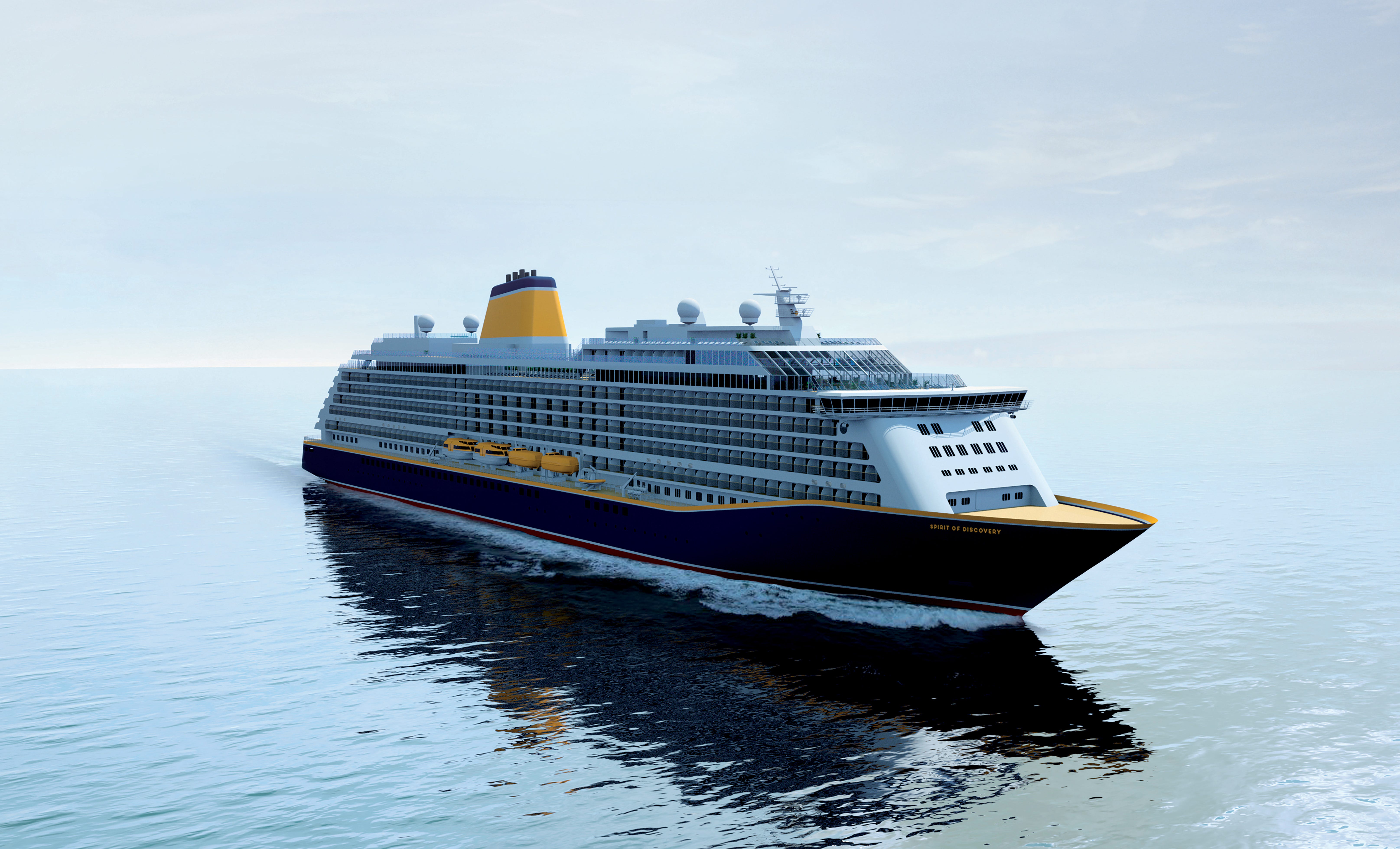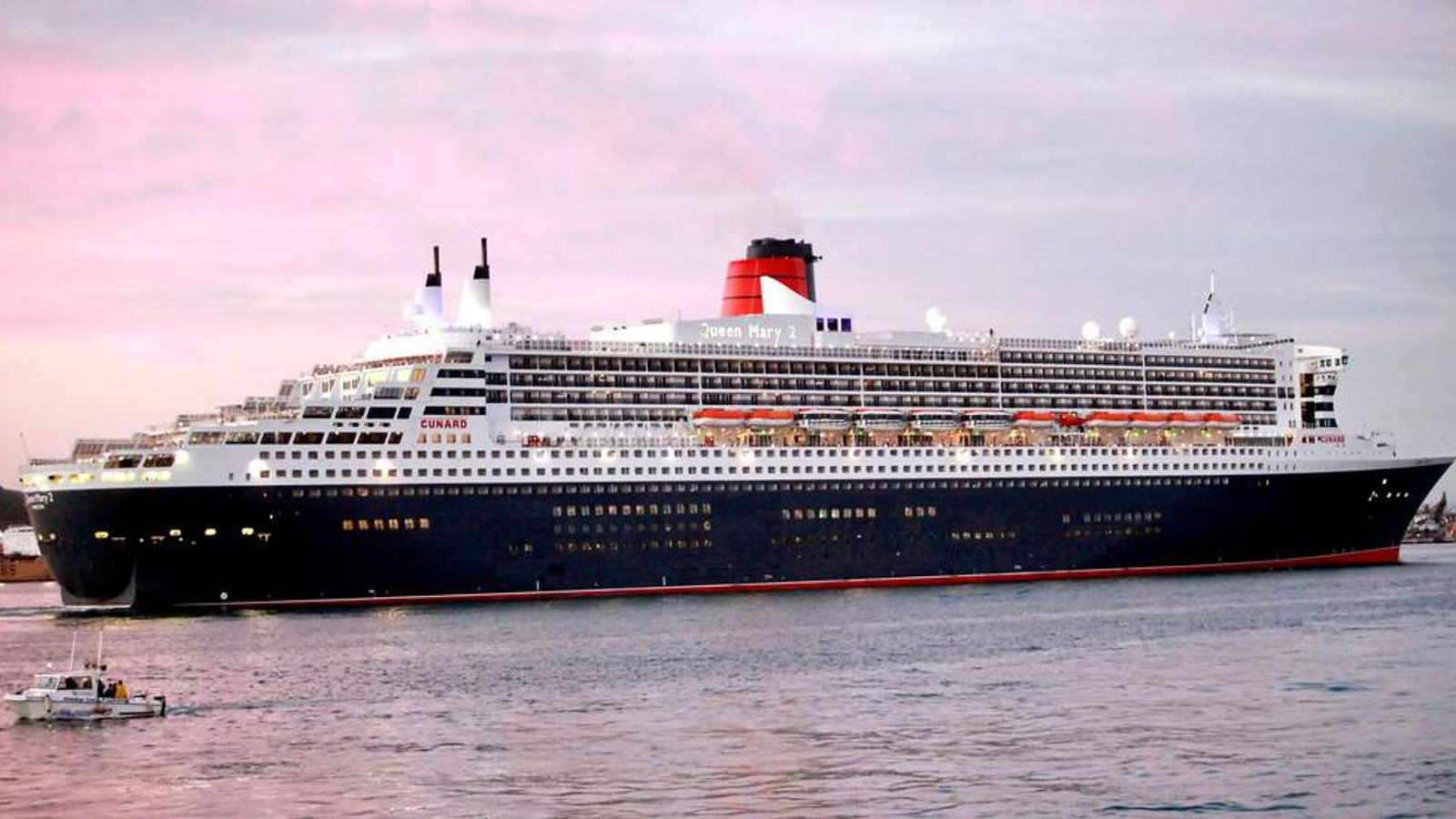Common Settings of Norovirus Outbreaks
Table Of Content
- Norovirus outbreaks on cruise ships surge to decade-high levels: How to avoid the stomach bug
- Norovirus outbreak sickens hundreds of cruise ship passengers, crew members
- How common is norovirus on cruise ships? Here’s why you shouldn’t worry
- CardMatch
- Common Settings of Norovirus Outbreaks
- Why are there so many cruise norovirus reports on the news?

Based on the math, you have less chance of catching a gastrointestinal illness on a ship than at many places you're likely to visit on land. There’s no specific treatment or antiviral for norovirus, according to Ostrosky, but most cases can be managed at home with supportive care like hydration and rest. Sick people should also isolate until their symptoms resolve, the experts emphasize.
Norovirus outbreaks on cruise ships surge to decade-high levels: How to avoid the stomach bug
Norovirus Outbreaks Surge on Cruises: Here's How to Avoid the Bug - TODAY
Norovirus Outbreaks Surge on Cruises: Here's How to Avoid the Bug.
Posted: Thu, 13 Jul 2023 07:00:00 GMT [source]
According to the CDC, the most common settings for norovirus outbreaks are health care facilities, restaurants or catered events, schools, day cares and, of course, cruise ships. After a lull during the COVID-19 pandemic, cases of the highly contagious virus that causes diarrhea and vomiting, aka stomach flu, spiked this winter and spring on land. As post-pandemic travel surges and millions of Americans return to cruise ships, an increasing number of cruise lines are reporting outbreaks at sea. Most recently, a norovirus outbreak in June on the Viking Neptune sickened 110 passengers (over 13% of the ship's guests) and nine crew members with vomiting, diarrhea and abdominal cramps, according to the CDC. The CDC has tracked outbreaks of gastrointestinal illness on cruise ships through its Vessel Sanitation Program (VSP) since 1994. The virus can be introduced into healthcare facilities by infected patients, staff, visitors, or contaminated foods.
Norovirus outbreak sickens hundreds of cruise ship passengers, crew members
If you'd like to check out the outbreak information, you can find a detailed list of ships that have had acute gastroenteritis outbreaks (many of which were caused by norovirus), listed by year, about halfway down the CDC's outbreak page. As part of the program, ships are required to adhere to stringent health and safety protocols that dictate everything from the cleaning of high-touch areas to how food is stored in freezers, refrigerators and galleys. On ships where outbreaks occur, the crew conducts a deep cleaning of the ship after passengers have disembarked and before the next sailing begins. In cases where outbreaks are particularly severe, subsequent sailings could be canceled to allow for more thorough sanitization.
How common is norovirus on cruise ships? Here’s why you shouldn’t worry
Several weeks prior, a Celebrity Summit cruise ship reported an outbreak of norovirus that sickened more than 150 passengers and 25 crew members, per the CDC. Another popular cruise line, Royal Caribbean International, has reported four outbreaks since January. Food that may be contaminated with norovirus should be discarded immediately. Kitchen utensils, counters, and surfaces should be routinely cleaned and sanitized before preparing food to avoid foodborne illnesses. That means data for norovirus on cruise ships is more readily available than for other entities.
How is norovirus spread?
However, any food served raw or handled after being cooked can get contaminated with norovirus. The simple answer is that cruise ships are required to report cases of acute gastroenteritis to the CDC, even when the numbers are low. In contrast, other entities — schools, nursing homes, hospitals and restaurants — are not. Outbreaks of the stomach bug have surged on cruise ships this year, reaching the highest levels seen in 10 years. Since January 2023, there have been 13 confirmed norovirus outbreaks on cruise ships under U.S. jurisdiction — that's more outbreaks in six months than there have been during any full year since 2012, according to data from the U.S. Most outbreaks of norovirus illness happen when infected people spread the virus to others through direct contact, such as by caring for them or sharing food or eating utensils with them.
CardMatch
They must also submit reports if 2% or more of the passengers and crew become ill and the ship is scheduled to visit a U.S. port within 15 days. If the number hits 3% or more, cases must be reported to the CDC even if the ship is not scheduled to call on a U.S. port within the next 15 days. The most commonly reported setting for norovirus outbreaks in the United States and other industrialized countries is healthcare facilities, including long-term care facilities and hospitals. Over half of all norovirus outbreaks reported in the United States occur in long-term care facilities. During that time frame, approximately 127 million passengers sailed on the 252 cruise ships under VSP jurisdiction. Of those 127 million cruisers, 26,450 reported symptoms of gastrointestinal illness while on board.
Learn About Credit Cards
Norovirus can also get into food before, during or after preparation, and it's the top germ causing foodborne illness in the U.S., per the CDC. Virus particles can contaminate drinking water that isn't treated properly or pools when people poop in the water. Some people are at higher risk of developing severe norovirus symptoms — these include infants, the elderly, and people with compromised immune systems, Ostrosky noted. Less commonly, norovirus may cause a headache, muscle aches, or a low-grade fever — symptoms usually develop within one to two days after exposure to the virus, per the CDC.
Common Settings of Norovirus Outbreaks
If you are sick from norovirus, drink plenty of liquids to replace fluid lost from vomiting and diarrhea. Since norovirus is a virus and not bacteria, antibiotics will not treat the infection. When you choose to apply (and are approved) for a new credit card through our site, we may receive compensation from our partners, and this may impact how or where these products appear. While we don’t cover all available credit cards, our editorial team creates and maintains all of the analysis of these cards, and our content is not influenced nor subject to review by any credit card company, bank or partner prior to (or after) publication.
Why are there so many cruise norovirus reports on the news?

The CDC estimates only about 1% of all annual U.S. norovirus cases happen on cruise ships. The numbers are greatest in nursing homes, hospitals, schools and restaurants, which collectively account for about 91% of cases. You can use the NORS Dashboard to learn about outbreak reports of foodborne, waterborne, and enteric (gastrointestinal) diseases spread by person-to-person contact, environmental contamination, animal contact, and more. An excessive number of news reports exist for norovirus cases on ships, making it seem to the unsuspecting public that cruise vessels are dirty or you're likely to get sick if you sail.
Should you be worried about catching norovirus or another gastrointestinal illness when you cruise? The CDC says cruises account for some of the lowest case numbers in the U.S. annually. Cruise lines employ crews dedicated to keeping public areas and high-touch surfaces clean. Galley crews and waiters receive extensive training on food safety and handling.
Please view our advertising policy and product review methodology for more information. Additionally, the CDC's Vessel Sanitation Program, implemented in the 1970s, subjects all passenger ships carrying 13 or more people to random, unannounced inspections if they wish to call on ports in the United States. “Norovirus is one of the few viruses that doesn’t get deactivated by alcohol. You actually need to use soap and water to physically destroy it and remove it from your hands,” Ostrosky previously told TODAY.com. A person usually develops symptoms 12 to 48 hours after being exposed to the virus.
Norovirus can spread year-round, but it tends to have a wintertime seasonality and peak during the colder months. Outbreaks are most common between November and April, TODAY.com previously reported. In a study of acute gastroenteritis cases from 2006 to 2019 (before the cruise industry's COVID-19 shutdown), the CDC found that the number of cases on ships decreased over those 14 years. It also noted that the number of cases tends to be higher on larger ships and on voyages of a week or longer. Surfaces or objects that are contaminated with norovirus can be cleaned with a high-level disinfectant like bleach, per Ostrosky. However, as travel surges this summer, travel-related illnesses are expected to surge, as well.
Food, water, and surfaces contaminated with norovirus can also cause outbreaks. "Health officials track illness on cruise ships. So outbreaks are found and reported more quickly on a cruise ship than on land," reads the CDC's facts page. Norovirus is the most common of several viruses that cause severe gastrointestinal illness or acute gastroenteritis. Symptoms may include diarrhea and vomiting, as well as abdominal cramping, headaches, muscle aches and fever — an unpleasant experience any time but especially when you're on vacation. The number of outbreaks in the first six months of 2023 is higher than the yearly total during every year since 2012, when there were 16 outbreaks on cruise ships reported to the CDC.
Comments
Post a Comment